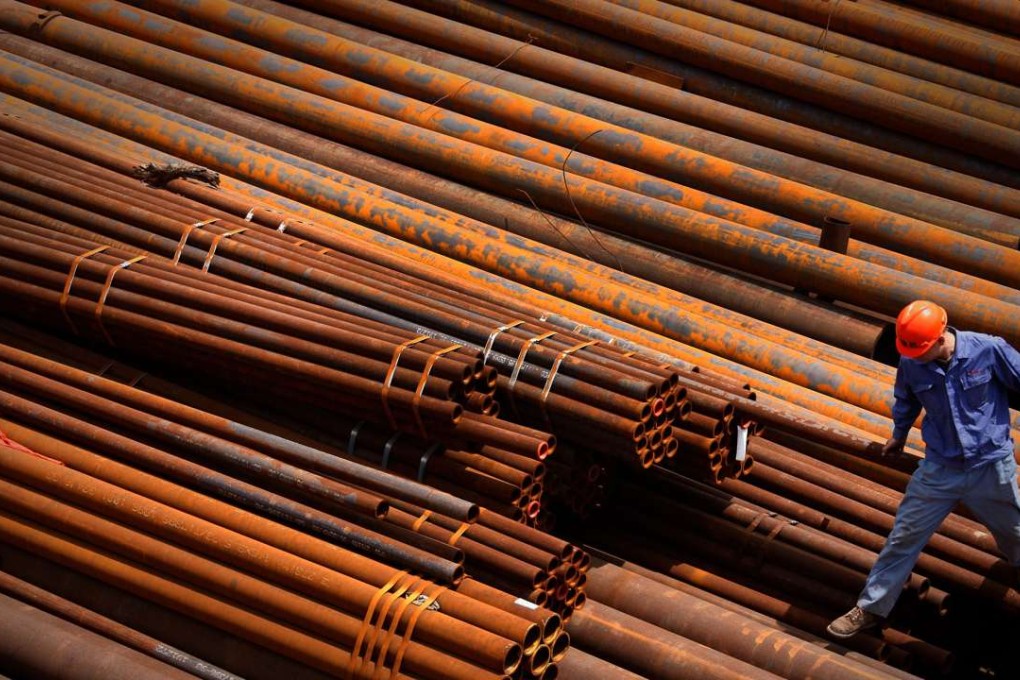China’s steel capacity grows despite drive to cut output, Greenpeace says

China’s steel industry saw an increase in operating capacity last year despite a government push to tackle excess production, Greenpeace and an industry consultancy say in a new report.
The regional arm of the NGO and Chinese consultancy Custeel found that most steel mills shut down during the drive last year were already idle.
The cuts made during the campaign were offset by resumed production and newly added output, leading to a net increase of 36.5 million tonnes in operating capacity, according to the report published on Monday.
The study came as the top economic planner announced crude steel production increased 1.2 per cent to hit 808.37 million tonnes last year, against a 2.3 per cent drop in 2015.
China, which accounts for about half of global steel output, has pledged to cut annual production by 100 to 150 million tones by 2020, to help shift the economy away from a reliance on polluting heavy industries.